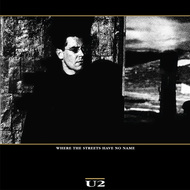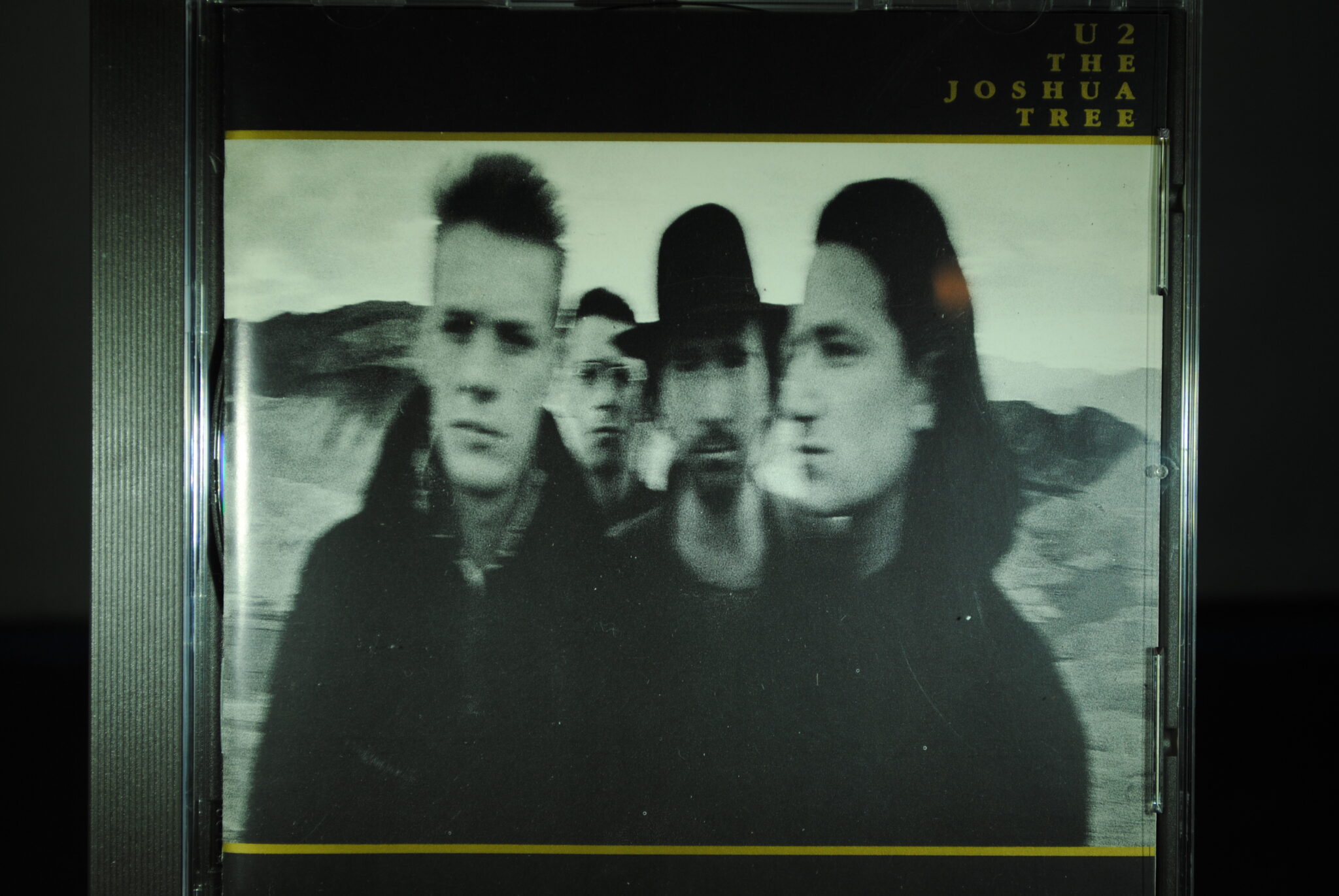

Not to mention, the landscape would still be recognizable and as if to say it is okay, a new tree was supposedly growing just yards away. The tree was still said to be lying on the desert floor in the same location, however, and the memorial fans had built over the years still stood around it.

The only catch was that the tree had sadly blown down in 2000 after a long estimated life of 200 years. Not to mention, it seemed fun to go on a hunt in the middle of the desert. I thought it would be totally surreal to step into that ethereal album cover that just always seemed like it was taken on another planet to me. As icing on the cake, I also found that the front cover that had graced my walls was taken at Zabriskie Point, also in Death Valley.Īs we were planning to go to Death Valley anyway, I thought it would be fun to seek out the tree. That, paired with the story that the trees came to be popularly named so by Mormons who thought that the trees’ thick, twisted branches resembled Joshua from the Bible’s arms reaching up to the sky in prayer, led the band to change the album’s name. They changed their minds though when they spotted a joshua tree standing quite alone rather than in a dense grove, which is how they usually grow. When the band was doing the photo shoot for the album cover, they were driving through the Mojave Desert and originally planning to name the album, Desert Album.

With a little research, I found that it was rather just outside of Death Valley National Park in the Mojave desert. A poster of the black and white album cover of their most famous album, The Joshua Tree, hung in my dorm room through college and their music always had a special vibe to it for me.Ī recent visit to Joshua Tree National Park in Southern California prompted me to ask the internet whether the tree on the back cover of the album was located there or not. Since my teenage years, I have been a fan of the world-famous Irish rock band, U2.


 0 kommentar(er)
0 kommentar(er)
